Image credit to Wizards of the Coast
Dungeons and Dragons has taken over the world of tabletop gaming all over again. With 40 years worth of polish, D&D is as good as it gets when it comes to role-playing games. And, people know it.
That being said, the vast complexity and immense depth of D&D often intimidates potential players from ever picking up a pair of dice and trying out the world’s greatest role-playing game. If you feel that same stress, don’t worry. We’ve got you covered.
Overview
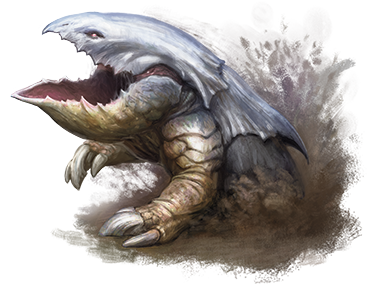
Dungeons and Dragons can seem intimidating. There is no computer to simulate all of the game’s rules and calculations. Rather, it is up to the players and the dungeon master to steer the game into the right direction.
Consequently, there is a lot to keep up with. Between player character statistics, basic game rules, campaign notes and NPCs, there is a lot to learn. However, the game can be boiled down to a few different subjects.
In order to learn how to play D&D, you will need to learn what supplies you will need, the basics of D&D, how to build your character and what to expect from your first D&D game. By mastering these basic subjects, you will be well on your way to playing D&D with the best of them.
Without further delay, let’s get started.
What You Will Need
The first step to playing Dungeons and Dragons is collecting all of the supplies you will need for your first game. Playing D&D can be a rather costly hobby, but it doesn’t have to be. Here are some cheap ways to get into the game.
The Player’s Handbook
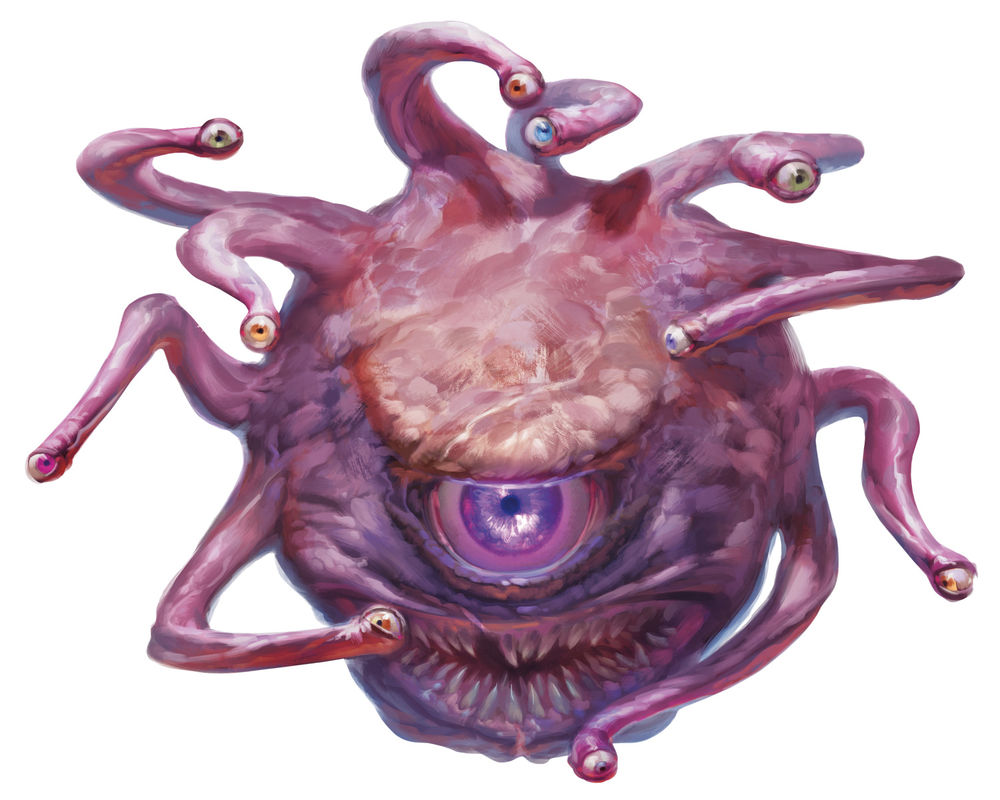
The most important thing you will need when starting to play Dungeons and Dragons is the Player’s Handbook. There are several different books within the D&D world, but this is the only truly essential tome you will need to worry about.
The Player’s Handbook breaks down the basics of Dungeons and Dragons and features every rule and other tidbit of information you will need to play the game. The book can cost anywhere from $30 to $60 in most stores.
You can find the Player’s Handbook at your closest Barnes and Noble. However, the book will likely be cheaper at your local tabeltop store. Some libraries also offer the book, which can be an easy and free way to snag it. If you do not mind buying the book used, then check out eBay or Amazon for an even cheaper copy.
If you want a digital version of the book, then the nifty service D&D Beyond offers a version of the book.
Free Alternatives
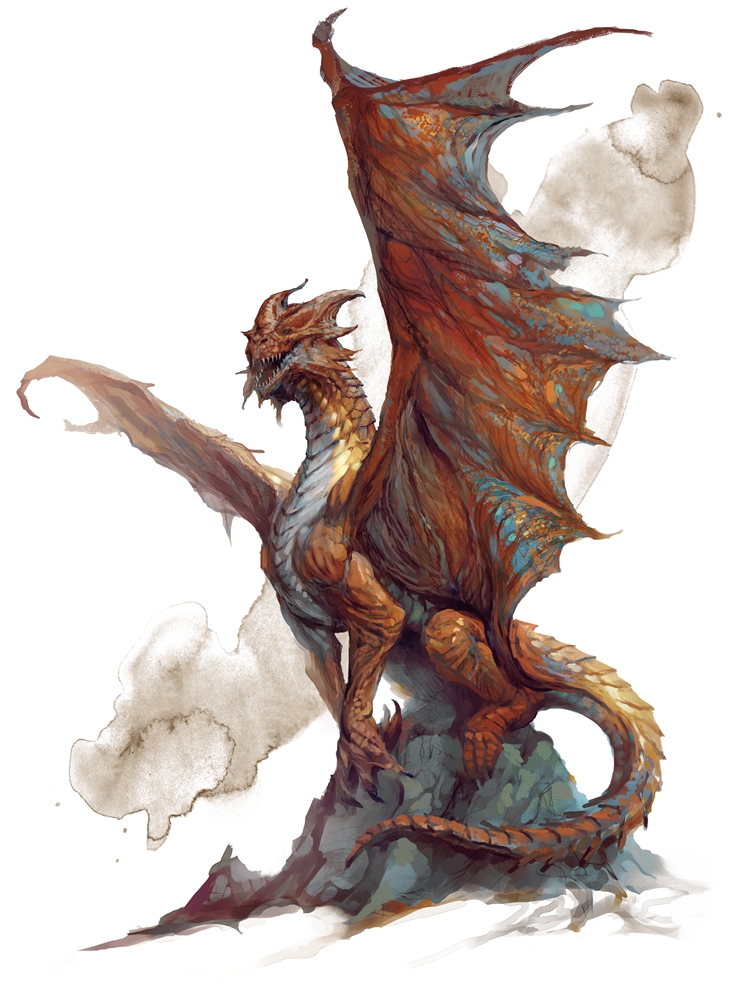
If your local library doesn’t carry the Player’s Handbook, then there are other free alternatives to paying for the tome. For starters, there is a free digital version of D&D’s basic rules that can be found here. Dungeons and Dragons’ parent company Wizards of the Coast also offers what is known as a system reference document, which is under an Open-Gaming License (OGL). Within this document, players can find a plethora of information about many different aspects of D&D.
A PDF of the system reference document can be found here. That being said, the websites
5esrd.com and roll20.net also offer all of the SRD’s information in a more consumable format. For the free Adventurers League player’s guide, check out the PDF here. Lastly, a free Dungeon Master’s guide PDF can be viewed here.
It is important to note, however, that the SRD and the free basic rules PDFs previously discussed will not provide all of the information provided within the Player’s Handbook. Rather, the free information listed will provide the bare bones information necessary to start playing.
It is suggested that you purchase the Player’s Handbook in order to simplify the early stages of learning D&D’s many rules. That being said, the information provided above can be a great alternative for anyone looking to play Dungeons and Dragons on a budget.
Dice, Minis and Other Things
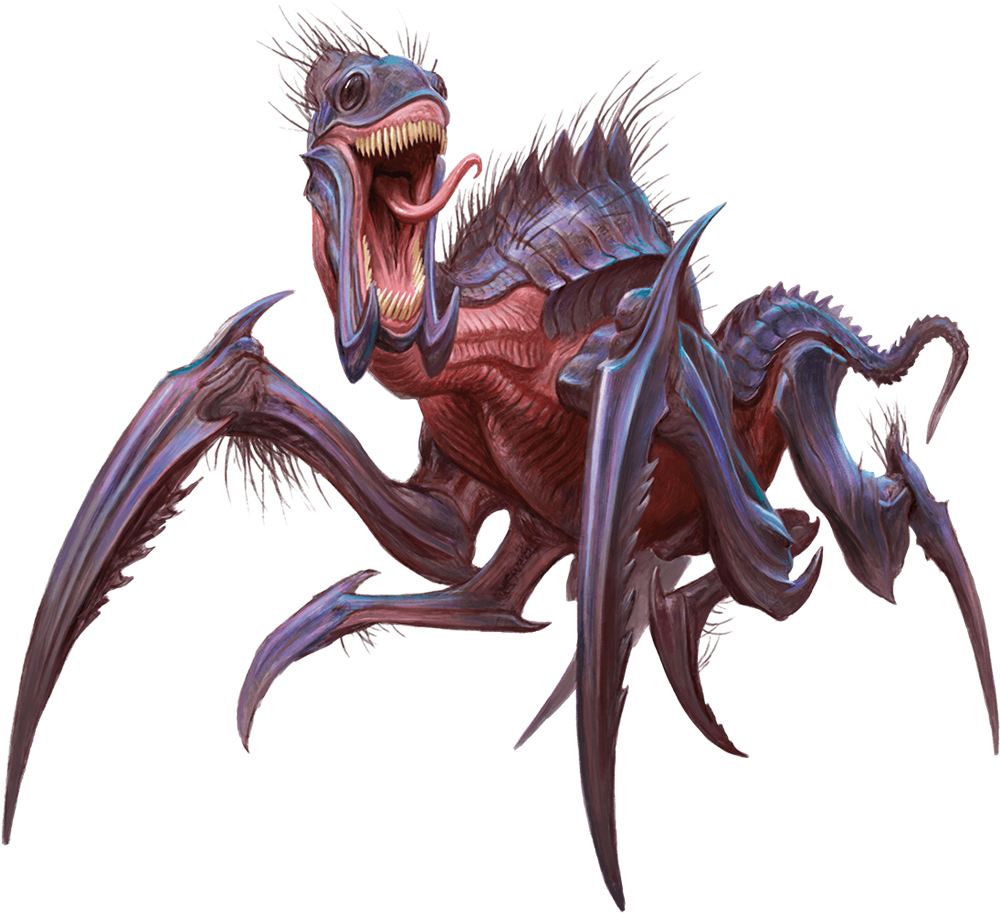
In order to play Dungeons and Dragons, you will need a seven-piece dice set. Your local tabletop store will often sell dice sets for approximately $10 a set. That being said, a free dice rolling simulation program can be found here if you do not wish to spend money on a set of dice.
The next item of interest will be a character miniature. These miniatures, or minis, will be used to represent everything from NPCs to your own player character. There are official monster and character miniatures that can be purchased online or at your local tabletop store. However, miniatures can be incredibly expensive. A single mini can often cost over $20.
If money is not an issue, then consider checking out heroforge.com. This service will allow you to create a customized mini for your game. If you would rather save money, then it is suggested that you avoid purchasing minis all together.
Rather, find household items that can be used as replacements. For instance, I enjoy using unique bottle caps to represent player characters, monsters and NPC characters. At any rate, there are quite a few options when it comes to tracking down your minis of choice.
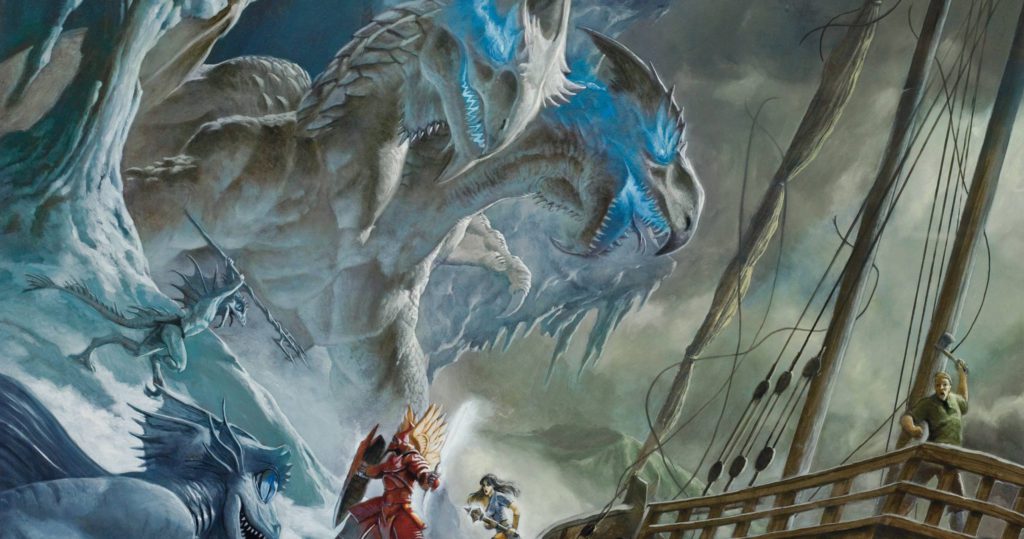
Some tabletop stores will likely try to upsell you into purchasing expensive minis, battlemaps, dice trays or a dice tower. But, don’t be fooled. All of these items can make your D&D experience more pleasurable. Some players greatly enjoy using these tools. However, they are not necessary.
The first of these items I would suggest getting is a battlemap. A battlemap breaks up your tablespace into a series of squares, which will represent the movable tiles your characters can traverse across. This item can make games go by much faster, as it takes out the guesswork of figuring out your character’s available movement.
Another important item for new dungeon masters is the DM screen. This screen will separate your notes and quest information from your players. While your local tabletop store will likely offer a higher quality DM screen for purchase, Wizards of the Coast offers free, printable versions here.
Lastly, you are going to need something to take notes on. As there is no computer tracking every update in your quest or ability score for your character, it will be up to you to keep up with everything that is going on in the game.
Consequently, it is highly advised that at least a single member of your party take notes during your games. Pencils and notebooks can often be found at your local grocery store. If you have a tablet or laptop nearby, however, using your favorite device can be an easy way to avoid having to pay for note taking supplies.
Campaigns
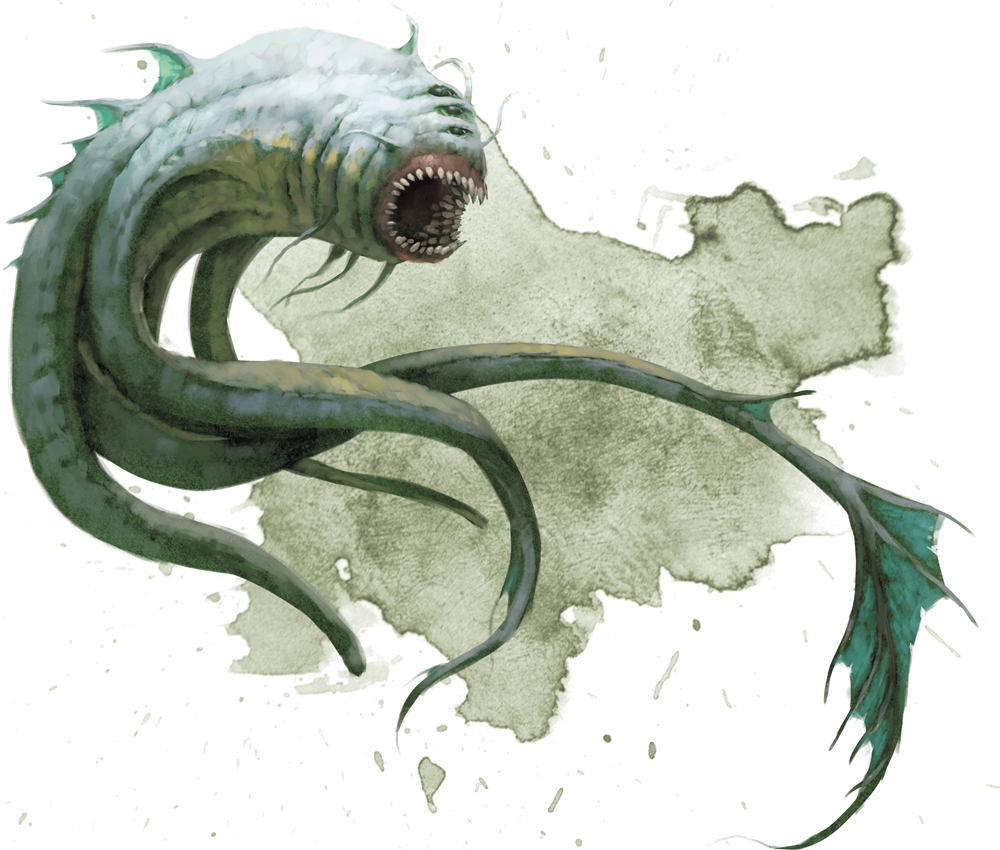
In order to play Dungeons and Dragons, just like any other classic role-playing game, you will need a campaign. Wizards of the Coast publishes new campaigns somewhat regularly. A full list of every rule book, supplementary tome and campaign available for Dungeons and Dragons can be found at D&D Beyond right here. D&D Beyond actually offers an all-inclusive “Legendary Bundle” that comes with digital versions of each of these books. However, the bundle will set you back a whopping $454.15.
You can also pick up individual campaign books at your closest Barnes and Noble. However, you will likely find cheaper ones at your local tabletop store. Beyond that, you can check eBay and Amazon for even cheaper used copies.
Beyond that, Wizards of the Coast offers free, official adventures here. For some more free adventure modules, check out the stories below.
Storm King’s Thunder: A Great Upheaveal
Mind Blast!
For even more free D&D adventures, check out dmsguild.com. The true beauty of Dungeons and Dragons is that you can also make your own campaigns. Either way, the campaign will ultimately be run by your dungeon master. To fully understand the role of the dungeon master, check out the dungeon master guide here.
Finding People to Play With and Somewhere to Play

In order to play Dungeons and Dragons, you are going to need players. A standard D&D game will feature somewhere between four and seven players. It is suggested to keep the game at a minimum of three players, with the dungeon master being the fourth and final player. Playing with less than three players is generally considered to be less enjoyable to most players. That being said, every player is different.
If you are looking for players, there are a few resources that you can take advantage of. For starters, your local tabletop store is likely a member of the D&D Adventurers League. Through this organization, tabletop stores often host D&D nights in which players are invited to come use their store’s space to play D&D for free. This can be an easy way to make friends within the D&D community, as well as an easy way to find a quick game. If you would like to find a store near you that is participating in the D&D Adventurers League, check out the store locator provided here.
If you are not having any luck finding players at your local tabletop store, then there are other options. The Looking For a Group sub-reddit is always active. Beyond that, there are a bevy of Facebook groups dedicated to helping people find D&D players. You can check those out here.
If you would prefer to not play with people in person, then roll20.net offers a program that turns D&D into an entirely digital experience. You can access that here.
The D&D Basics
Dungeons and Dragons is comprised of an intricate system of rules and features, which count too many to be listed in this guide. However, the Player’s Handbook covers each and every rule you will ever need. Beyond that, the assortment of free resources mentioned earlier are also filled with useful information for your D&D game.
That being said, it can definitely be useful to have a firm grasp of some of D&D’s most common terms for when you begin your deep dive into the details of D&D’s system. To that end, here is a quick breakdown of some of the most common terms you will hear during your D&D games.
Ability Score
Every character in Dungeons and Dragons is estimated by their abilities. There are six abilities in total, which combine to form the base talent a character has in any given situation. A breakdown of each ability can be viewed below.
| Ability | Description |
| Strength | This will determine your effectiveness with most melee weapons, your ability with certain skills, your ability to grapple targets and your carry weight. |
| Dexterity | This will determine your armor class, initiative, effectiveness with finesse and ranged weapons and ability with certain skills. |
| Constitution | This will determine your maximum health. |
| Charisma | This will determine your spellcasting effectiveness for certain classes and your effectiveness with certain skills. |
| Wisdom | This will determine your spellcasting effectiveness for certain classes and your effectiveness with certain skills. |
| Intelligence | This will determine your spellcasting effectiveness for certain classes and your effectiveness with certain skills. |
Initiative
Initiative is a quantified value that represents a character’s ability to act quickly at the sight of combat. A character’s initiative is dictated by their dexterity score. The higher a player’s initiative the larger advantage that player will have at being the first character to make their move in a fight.
When combat begins, everyone rolls for initiative. After rolling the 20 sided die, each player adds up their initiative bonus to the roll. The end result is the player’s initiative score. For instance, a barbarian with a +2 initiative may roll a 14 on their initiative roll. Their total initiative would then be 16.
The dungeon master will then tally up everyone’s initiative. Players will then take turns in combat in order of highest initiative to lowest.
Armor Class
Your character’s armor class, or AC, will define how difficult it is for enemies to strike you. Your dexterity score, armor and shield will define your armor class.
After an attack roll is made, the roll’s result is compared to your character’s AC. If the roll’s total is equal to or higher than your armor class, then the attack is considered a hit. If the total is less than your AC, then the attack misses.
Attack Roll
The attack roll is what you will perform in order to determine if your character lands their attack on an enemy. You will first roll a 20 sided die, before adding up various modifiers. Everything from your proficiency bonus to your dexterity or strength bonus may affect your attack roll bonus.
Proficiency
Every character’s proficiency bonus begins at one and scales upwards of six by level 20. Your proficiency bonus will be added to certain skill checks, saving throws and attack rolls. The proficiency bonus is considered to represent your character’s additional edge for being especially effective at certain tasks.
Skill Check
Skill checks come in a variety of forms. The concept of a skill check is that you are permitted to roll a 20 sided die and add your skill bonus in an attempt to perform some kind of task. The task could range from pick pocketing a bystander to persuading a guard to let your party through a gate. If the roll beats the difficulty class decided by your dungeon master, then your character will succeed at performing that task.
Each skill correlates to one of the six abilities listed above. Each skill’s bonus is affected by the character’s prowess with the related ability. A list of all of the skills within Dungeons and Dragons may be viewed below.
Strength
- Athletics
Dexterity
- Acrobatics
- Sleight of Hand
- Stealth
Intelligence
- Arcana
- History
- Investigation
- Nature
- Religion
Wisdom
- Animal Handling
- Insight
- Medicine
- Perception
- Survival
Charisma
- Deception
- Intimidation
- Performance
- Persuasion
Saving Throw
Saving throws are performed as reactions to certain actions from other players or NPCs. If another character is attempting to manipulate you physically or mentally, then you will be able to make a saving throw in order to attempt to halt the negative effect.
For instance, a wizard could cast a lightning bolt at you. You would then be allowed to make a dexterity saving throw in order to avoid half of the attack’s damage.
How to Build Your Character

Now that you have familiarized yourself with the supplies you will need, how to find a D&D group and some of D&D’s common terms, it is time to build your first character.
Building a character in Dungeons and Dragons is the first expression of creativity you will experience with this wonderful game. There is no wrong way to make a character. Rather, many players simply try to form a character that they will find fascinating and original.
The first thing you will want to do to make your character is download Wizard of the Coast’s free character sheet PDFs here. After downloading the zip file under “Fifth Edition Character Sheets,” open the file and click on “Character Sheet — Form Fillable.” This is the standard character sheet that you will be using to make your character.
Once that is done, you will be met with a plethora of options. There are several backgrounds, races, classes, weapons, items and armor to choose from. For a full breakdown of how to build your Dungeons and Dragons character, check out How to Start Playing Dungeons & Dragons (5th Edition) Without Breaking the Bank – A Beginner’s Guide.
For a look at some of GameTruth’s top class builds, check out the guides below.
What to Expect From Your First D&D Game
So now you have a grasp of what D&D is all about. You have the supplies and information you need. You’ve gathered together some players. And, you’ve made your character. Now it’s time to sit down for your first ever game of Dungeons and Dragons. Here are some tips on what to expect.
- D&D games can last several hours. A game of D&D takes longer than you might think. When you are new to the game, you will likely have to put the game on pause to resort to your Player’s Handbook quite often. Beyond that, combat in D&D can be fun but quite time consuming. Expect your D&D game to run anywhere from four to eight hours, depending on the size and proficiency of your group.
- Scheduling can be tough, so be patient. Often times, new players will hardly be able to control themselves from excitement. The idea of getting into their first D&D game is just too tantalizing. That being said, working out a time for everyone to play can be tough. D&D games last hours at a time, making them difficult to plan for. If a game falls through because of scheduling, don’t sweat it. D&D is worth the wait.
- Everyone will make mistakes. D&D is complicated. It is really that simple. No matter how much experience your players have, people will make mistakes. Simply try to learn from your errors and move on. Don’t get caught up in every error that slips up. After all, D&D is supposed to be fun.
- The first game can be a little awkward. Part of D&D is role-playing. That being said, the idea of actually acting out a role in front of people can be challenging for many players. However, don’t worry. Try to remember that you are all together to have fun and that noone is trying to win an oscar. Role-playing your character will become easier with time, as your group quickly become more comfortable with each other.
- Don’t be afraid to speak up. Many new players are often reticent to join in. Rather, they sit back and wait for a queue to join the fun. D&D is about improvisation, so don’t be afraid to be the initiator. If you want to do something, simply voice it out to the group and to your dungeon master. It is the dungeon master’s job to make it a reality.
Player Etiquette
When you sit down to play Dungeons and Dragons, there are some rules of etiquette to consider. These are not official rules, more closely resembling guidelines for harmonious playing. Sometimes people do inconsiderate things without thinking. It doesn’t mean that person is malicious. They just probably aren’t aware of the situation. With that in mind, check out these quick guidelines for player etiquette.
- Pay attention, even when it’s not your turn. During combat, players take turns breaking down what they want to do. Some players will, however, zone out of the game when another player is speaking. Try to stay involved and pay attention. Otherwise, you will consistently have to ask the group and your DM for a recap before every one of your turns.
- Don’t play on your phone. This is really just a reiteration of the first rule. However, it is that important. D&D is a group experience. Consequently, people want to feel like they are being heard. Playing on your phone while the DM is trying to set the scene or while a fellow player is taking their turn is a sure way to create friction within your group.
- Don’t interrupt the dungeon master too much. It is okay to interrupt the DM if you would like to do something with your character. However, if you simply have a question, try to let the DM finish setting the scene first. The DM likely worked very hard preparing the story for all of the players, so try to be respectful of that.
- DO NOT argue with the dungeon master. The dungeon master ultimately has control. Despite what the Player’s Handbook may or may not say, the DM’s decision is the final decision. If you have an issue with how your DM does something, try pulling them aside after the game and calmly talking to them about it.
- Remember the “yes, and…” rule. As D&D is largely improvisational, the game has taken more than a few tricks from the acting world. Among them, players and DM’s often function under the “yes, and…” rule. This rule is simply a guideline to remind players and DM’s to not step on each other’s toes. If a player voices a decision or action, do not argue with them or tell them to do something else. Rather, say “yes” to the new idea “and” try to add to it with an idea of your own. This guideline often helps players enjoy their games more harmoniously among each other and helps the D&D campaign become a more collaborative experience.
- Remember the “rule of cool.” The rule of cool is a guideline similar to the “yes, and…” rule. The rule of cool dictates that enjoyment should trump meticulous ruling. If something doesn’t follow the rules but has garnered the approval of your group none the less, don’t fret. Simply let the rule of cool run its course and enjoy the game.
For all your D&D needs, check out Dungeons and Dragons Guides Portal – Anything and Everything D&D.



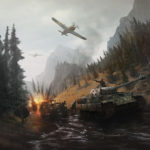

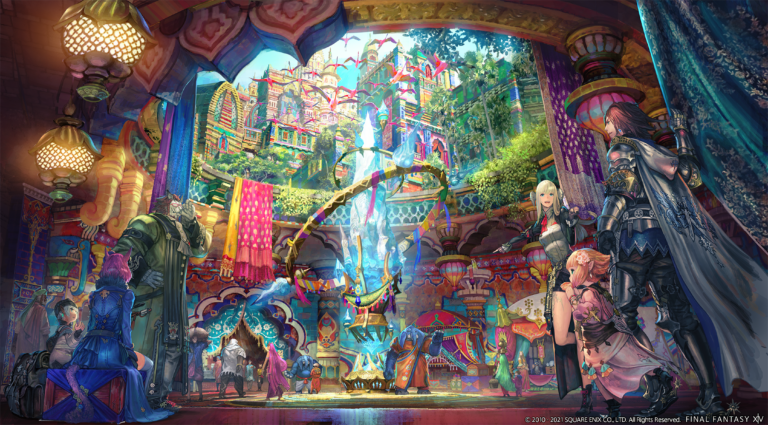

3 Comments
Good common sense advice, well done. Nice selection of resource links for folks just starting also.
Thanks, Fred! Enjoy your day.
Hey, Fred! Thank you for the comment!